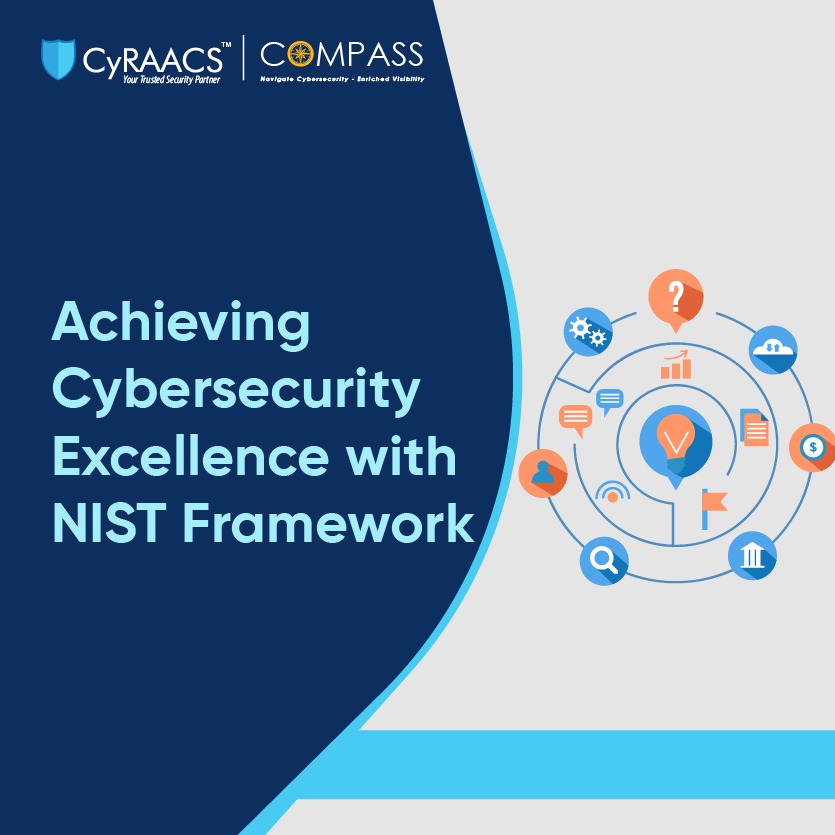As cyber threats become increasingly sophisticated and pervasive, organizations around the globe are recognizing the critical importance of robust cybersecurity measures. The NIST Cybersecurity Framework (CSF), developed by the National Institute of Standards and Technology (NIST), has emerged as a gold standard in guiding organizations to manage and reduce cybersecurity risks effectively. Rooted in widely accepted standards and best practices, the NIST CSF provides a structured approach to identifying, protecting, detecting, responding, and recovering from cyber incidents.
In this article, we will explore how organizations can leverage the NIST Cybersecurity Framework to unlock cybersecurity excellence, effectively manage risks, and cultivate a culture of resilience against ever-evolving threats.
Understanding the NIST Cybersecurity Framework
The NIST CSF provides a structured approach that helps organizations identify, protect, detect, respond to, and recover from cyber threats. It's not just a set of guidelines but a comprehensive tool that aligns cybersecurity activities with business requirements, risk tolerances, and resources.
Core Components of the NIST CSF
The framework comprises three primary components:
- Framework Core: A set of cybersecurity activities, desired outcomes, and applicable references that are common across critical infrastructure sectors.
- Implementation Tiers: These describe the degree to which an organization's cybersecurity risk management practices exhibit the characteristics defined in the Framework.
- Profiles: These help organizations align their cybersecurity activities with their business requirements, risk tolerances, and resources.
1.Framework Core
At the heart of the NIST CSF is the Framework Core, which consists of five key functions representing high-level cybersecurity activities:
Identify:
Understanding the business context, resources, and cybersecurity risks is foundational.
- Asset Management: Inventory and manage organizational assets.
- Business Environment: Understand the organization's mission, objectives, and activities.
- Governance: Establish policies and procedures to manage cybersecurity risk.
- Risk Assessment: Analyze threats and vulnerabilities.
- Risk Management Strategy: Define risk tolerance and prioritization.
Protect:
Develop and implement safeguards to ensure critical infrastructure services' delivery.
- Access Control: Limit access to assets and facilities.
- Awareness and Training: Educate users about cybersecurity policies.
- Data Security: Manage information lifecycle and protect data integrity.
- Information Protection Processes and Procedures: Maintain and use security policies and procedures.
- Maintenance: Perform maintenance and repair of industrial control and information system components.
- Protective Technology: Implement technical security solutions.
Detect:
Implement activities to identify the occurrence of a cybersecurity event.
- Anomalies and Events: Detect unusual activity.
- Security Monitoring: Monitor information systems and assets.
- Detection Processes: Maintain and test detection strategies.
Respond
Take action regarding a detected cybersecurity incident.
- Response Planning: Execute response processes and procedures.
- Communications: Coordinate response activities internally and externally.
- Analysis: Investigate to ensure effective response and support recovery.
- Mitigation: Contain the impact of incidents.
- Improvements: Incorporate lessons learned into future activities.
Recover
Develop and implement activities to maintain resilience plans and restore any capabilities impaired due to a cybersecurity incident.
- Recovery Planning: Execute recovery processes and procedures.
- Improvements: Update recovery strategies based on lessons learned.
- Communications: Inform stakeholders about recovery activities.
2.Implementation Tiers
The Implementation Tiers provide context on how an organization views cybersecurity risk and the processes in place to manage that risk. The tiers range from Tier 1 (Partial) to Tier 4 (Adaptive):
Tier 1: Partial
- Ad hoc and reactive risk management.
- Limited awareness of cybersecurity risks.
Tier 2: Risk Informed
- Risk management practices are approved but not consistently applied organization-wide.
Tier 3: Repeatable
- Risk management practices are formally approved and expressed as policy.
- Processes are consistent across the organization.
Tier 4: Adaptive
- Organizations adapt their cybersecurity practices based on lessons learned and predictive indicators.
- Continuous improvement and proactive strategies are in place.
3.Framework Profiles
Profiles are a customization of the Core Functions, Categories, and Subcategories for an organization's specific needs.
Current Profile
- Represents the organization's existing cybersecurity posture.
- Highlights current outcomes.
Target Profile
- Defines the desired cybersecurity outcomes.
- Serves as a roadmap for improvement.
Gap Analysis
- Comparing the Current and Target Profiles identifies gaps.
- Guides action plans to achieve desired cybersecurity outcomes.
Implementing NIST CSF with COMPASS by CyRAACS
Adopting the NIST CSF can be streamlined and more effective with the right tools. COMPASS by CyRAACS is a comprehensive Governance, Risk, and Compliance (GRC) solution designed to facilitate this process.
How COMPASS Enhances NIST CSF Implementation
1.Unified Compliance Management
- Integrate various compliance efforts into a single framework.
- Supports global standards, including NIST SP 800-53.
- Manage multiple compliance requirements efficiently.
2.Risk Assessment and Treatment
- Build a risk library mapped to control frameworks outlined in the NIST CSF.
- Assess risks, plan treatments, and track issues proactively.
- Ensure alignment with organizational risk appetite.
3.Continuous Compliance Monitoring
- Real-time insights into security posture.
- Identify areas needing improvement promptly.
- Maintain continuous alignment with the NIST CSF.
4.Customizable Frameworks
- Create custom frameworks tailored to specific business and compliance needs.
- Adapt the NIST CSF to fit the organizational context.
5.Expert Support
- Access to a team of dedicated GRC consultants.
- Navigate compliance challenges with expert guidance.
- Ensure effective and efficient implementation.
Conclusion
Adopting the NIST Cybersecurity Framework is not just a regulatory requirement; it's a strategic imperative for organizations seeking to elevate their cybersecurity capabilities. By providing a clear and structured approach to managing cyber risks, the NIST CSF empowers organizations to proactively address vulnerabilities and respond to threats in real-time. As the cyber landscape continues to evolve, leveraging this framework can foster a culture of continuous improvement and adaptability in cybersecurity practices, ultimately safeguarding critical assets and ensuring business continuity. Investing in cybersecurity excellence through the NIST CSF not only protects an organization’s information but also bolsters stakeholder trust and enhances overall resilience in an increasingly interconnected digital world.

